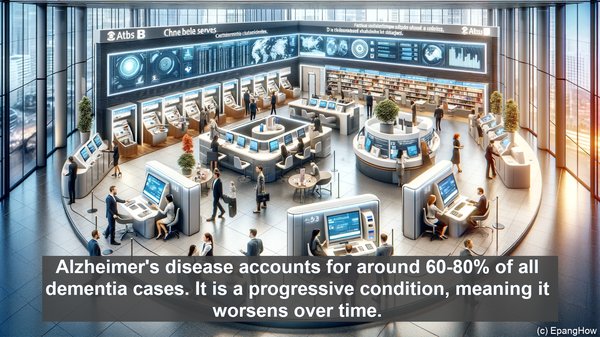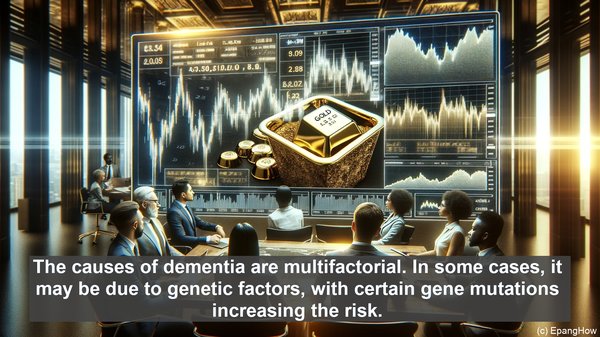Introduction: The Confusion Surrounding Dementia and Alzheimer’s
Hello, and welcome to our article on the difference between dementia and Alzheimer’s. These terms are often used interchangeably, leading to confusion. However, it’s important to understand that while Alzheimer’s is a type of dementia, not all dementia cases are Alzheimer’s. Today, we’ll delve into the nuances of these conditions, exploring their symptoms, causes, and available treatments.
Defining Dementia: A Broad Term for Cognitive Decline
Dementia is an umbrella term that encompasses a range of cognitive disorders. It refers to a decline in cognitive function, including memory loss, reasoning, and communication difficulties. Dementia can be caused by various factors, such as brain injury, stroke, or underlying diseases. It’s estimated that over 50 million people worldwide are living with dementia, making it a significant global health concern.
Alzheimer’s: The Most Common Form of Dementia
Alzheimer’s disease accounts for around 60-80% of all dementia cases. It is a progressive condition, meaning it worsens over time. The hallmark of Alzheimer’s is the accumulation of abnormal protein deposits in the brain, leading to the death of brain cells. This, in turn, affects memory, thinking, and behavior. While it commonly affects older adults, there are also cases of early-onset Alzheimer’s, which can occur in individuals as young as their 40s or 50s.

Other Types of Dementia: A Diverse Landscape
Aside from Alzheimer’s, there are several other types of dementia. Vascular dementia, for instance, is caused by reduced blood flow to the brain, often due to a stroke or damaged blood vessels. Lewy body dementia is characterized by the presence of abnormal protein deposits called Lewy bodies. Frontotemporal dementia primarily affects the frontal and temporal lobes of the brain, leading to personality and behavior changes. These are just a few examples, highlighting the diverse nature of dementia.
Symptoms: Overlapping Yet Unique
While there are common symptoms across different types of dementia, each condition also has its distinct features. Memory loss, confusion, and difficulty with language are often early signs. However, in Alzheimer’s, memory loss is usually more pronounced, while in vascular dementia, problems with attention and concentration may be more prominent. Behavioral changes, such as agitation or aggression, can also vary depending on the type of dementia.
Causes: Unraveling the Complexities
The causes of dementia are multifactorial. In some cases, it may be due to genetic factors, with certain gene mutations increasing the risk. Environmental factors, such as exposure to toxins, can also play a role. Additionally, conditions like high blood pressure, diabetes, and obesity have been linked to an increased risk of developing dementia. However, in many cases, the exact cause remains unknown, making prevention and treatment challenging.
Treatment and Management: Tailored Approaches
While there is currently no cure for most types of dementia, early diagnosis and intervention can help manage symptoms and improve quality of life. Medications, such as cholinesterase inhibitors, are often prescribed to enhance cognitive function. Non-pharmacological approaches, including cognitive stimulation and physical exercise, have also shown promise. For caregivers, support groups and respite care can provide much-needed assistance and respite from the demands of caregiving.

